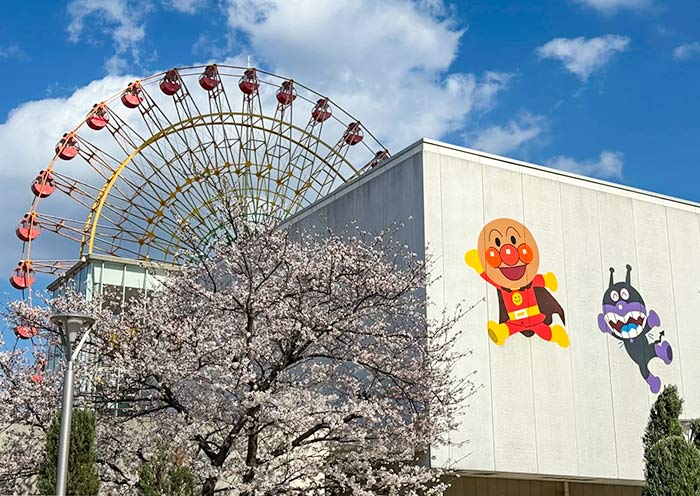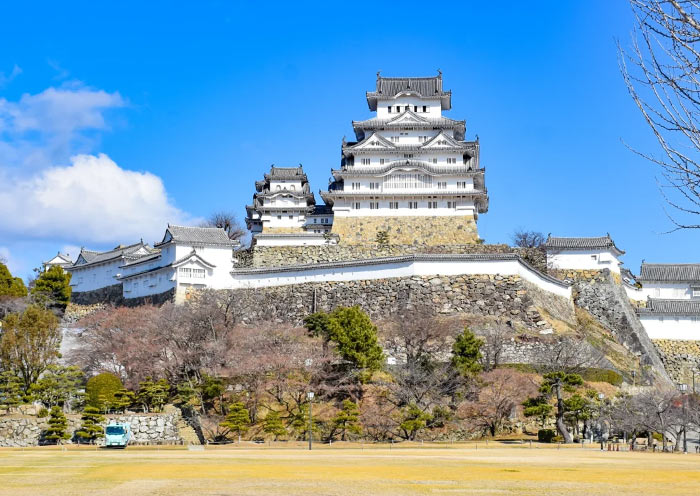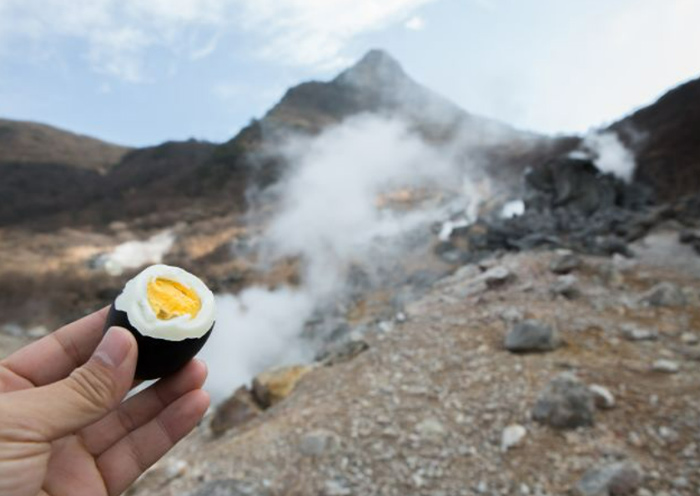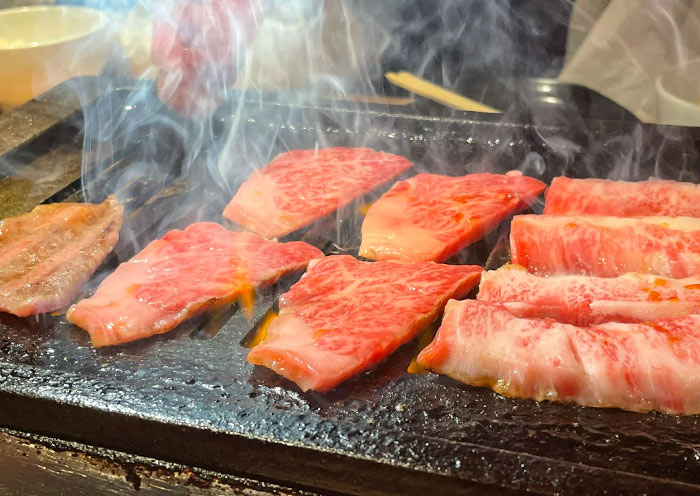8 Days Japan Family Tour from Osaka to Kyoto - Best of Kansai for Families & Kids
From
USD Request![]()
- This is the price per person, based on a group of 6 people, 4-star hotel accommodation, and travel during the regular season.
- Early-bird rates apply to bookings made at least 6 months prior to the departure date.
- The price is subject to change depending on your travel season, group size, hotel class, and potential fluctuations in currency exchange rates.
- Highlights
- Itinerary
- Price
- Trip Notes
- Accommodation
- Photos
- Reviews
Japan Family Holiday Package: Aquarium, Universal Studios, UNESCO Charm, Arima Onsen & Kobe Beef
Welcome to an unforgettable Japan Family Tour through vibrant Kansai region (west Japan), starting and ending in exciting Osaka! Pack your sense of wonder and appetite for fun!
Begin in Osaka, where fun never stops: dive into marine wonders at Kaiyukan (Aquarium), meet Lego friends at Legoland, scream with delight on Tempozan’s Ferris wheel, and free day in Universal Studios. Wander Himeji’s fairy-tale snow-white castle (a UNESCO gem). Savor Kobe’s charm: sizzling Kobe beef, soothing Arima Onsen, cute sheeps at Rokkosan Pastureat, and let kids giggle at the Anpanman Museum.
Next, wander Nara’s deer-filled parks and Kyoto’s golden temples - Kinkaku-ji’s shimmering “Temple of the West,” Fushimi Inari’s vermilion torii gates, and Arashiyama’s bamboo groves that whisper like old tales. Every corner blends family fun, cultural magic, and the warmth of Japanese hospitality.
Book your 8 Days Japan Family Tour now! We handle your comfy stays in Osaka, Kobe & Kyoto, smooth transfers, and iconic sights – from Universal Studios magic to serene temple gardens. Let’s craft your family’s happiest memories!
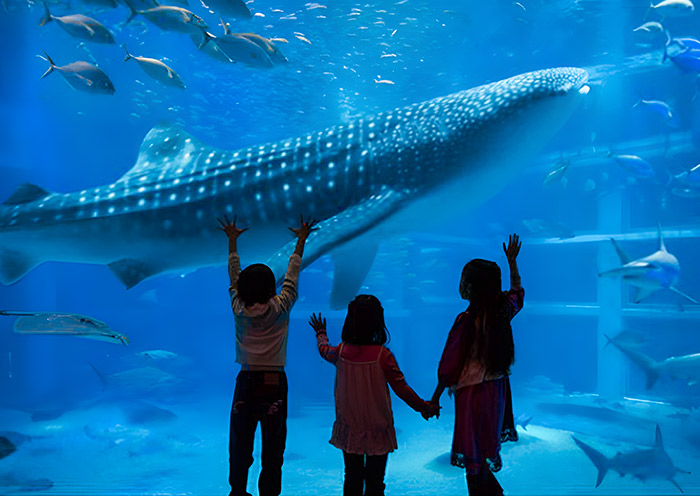
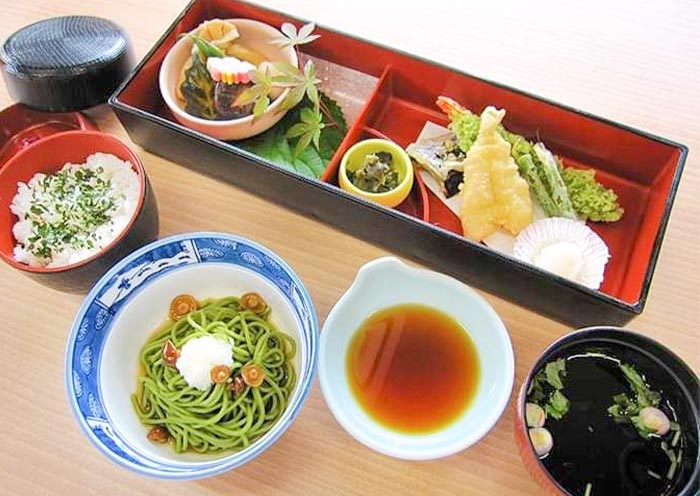
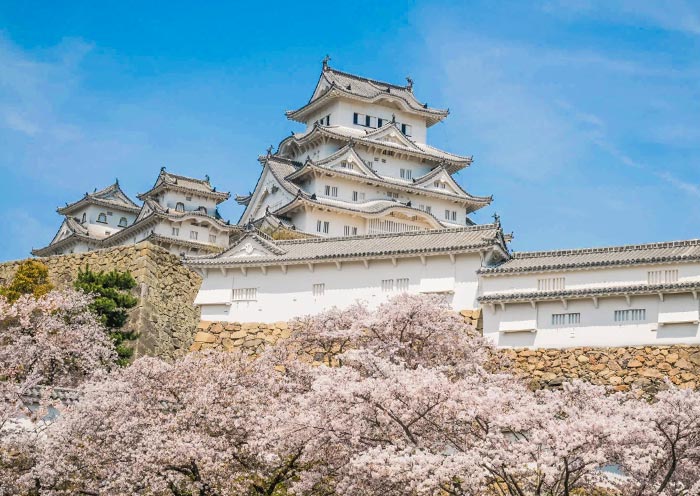

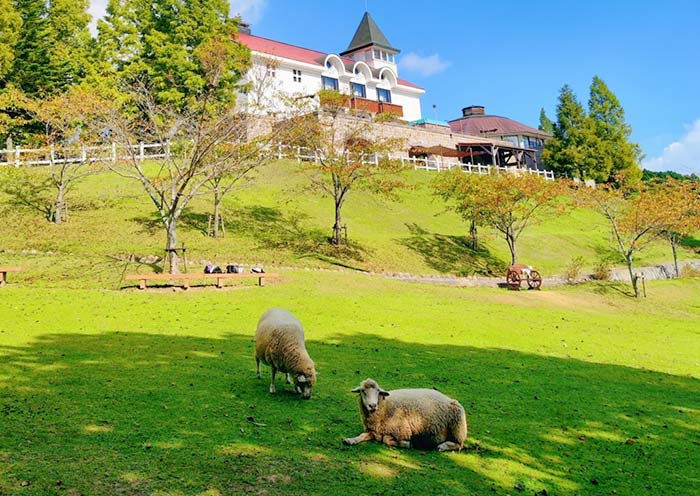

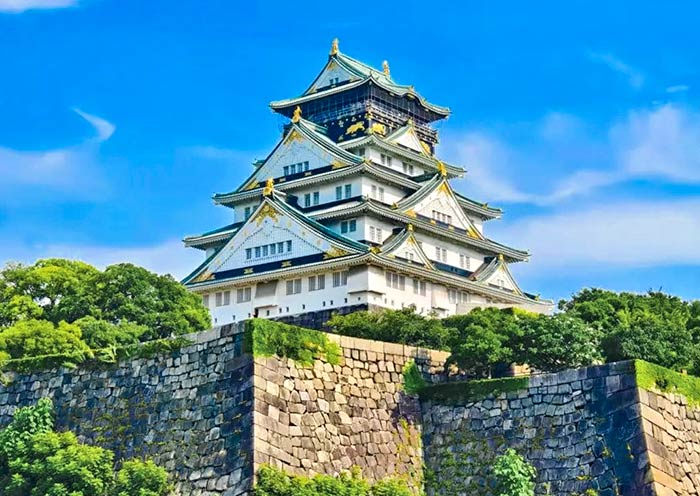
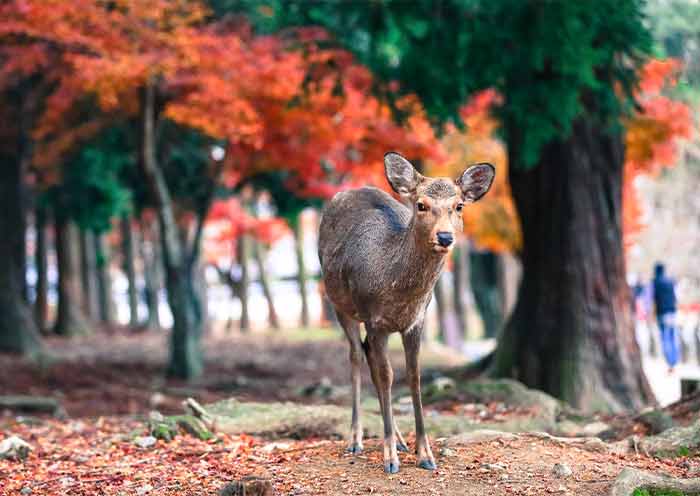
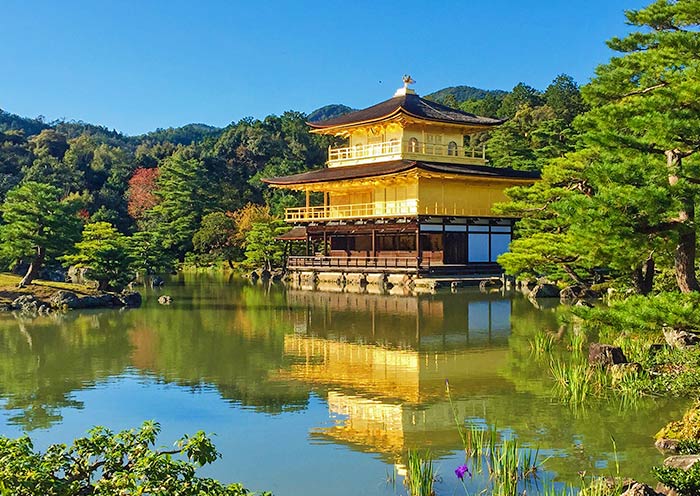
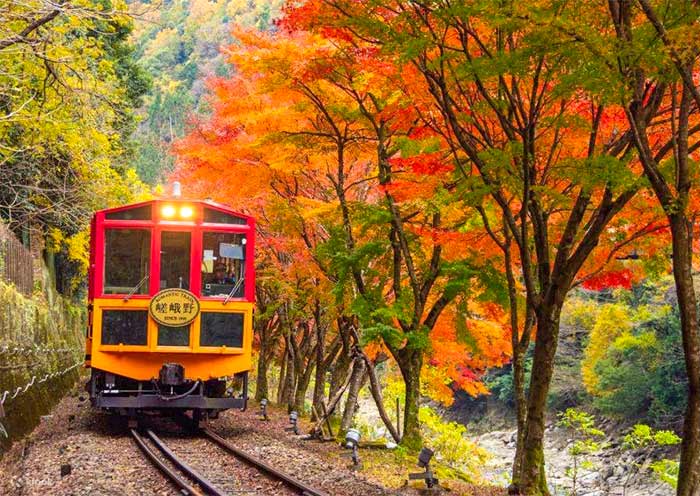
Itinerary at a Glance
Osaka (4 Days)
Osaka Aquarium Kaiyukan, Legoland Discovery Center Osaka, Tempozan Ferris Wheel, Dotombori (Japan Food), Free Day in Universal Studios Japan (USJ) with Transfer Service, Osaka Castle Park
Himeji (1 Day)
Himeji Castle ( World Heritage), Koko-en Garden
Kobe (1 Day)
Arima Onsen (Hot Spring), Rokkosan Pasture (Ranch), Nankinmachi (Chinatown Food & Kobe Beef), Kōbe Anpanman Children’s Museum & Mall (Exterior View: Kobe Port Tower)
Japan Nara (0.5 Day)
Nara Park, Todai-ji Temple (World Heritage),
Kyoto (1.5 Days)
Fushimi Inari-taisha Shrine (World Heritage), Kinkaku-ji Temple (World Heritage), Sagano Scenic Railway, Arashiyama Bamboo Grove, Tenryu-ji Temple (World Heritage), Togetsukyo Bridge, Iwatayama Monkey Park
Itinerary Day by Day
Welcome to Japan! Upon your arrival at Osaka's Kansai International Airport, our representative will greet you with a sign bearing your name right at the arrivals gate. Then he will transfer you to your carefully selected hotel in Osaka. Check into your hotel and take some time to settle in and refresh. The rest of today is free for you to explore the local surroundings at your own pace.
Osaka, as Japan's third-largest city and a major economic hub, is renowned for its rich history, diverse cuisine, unique culture, and strong economic power. The city exudes a distinct sense of humor and an open, warm personality, making it exceptionally vibrant and colorful compared to other cities. Across its vast concrete expanse, dazzling neon lights and brightly colored storefronts illuminate the lively nightlife and irresistible culinary scenes. Known as the "nation's kitchen," Osaka is the birthplace of many Japanese culinary delights.
Arrival Ideas:
1. By Flight: Kansai International Airport (KIX) is the main international gateway to the Kansai region of Japan. It hosts direct flights from major cities across Asia, Europe, North America, and Australia. In addition to international routes, KIX offers a wide range of domestic flights connecting Osaka with major Japanese cities like Tokyo, Sapporo, Okinawa, and Fukuoka.
2. By Shinkansen (Bullet Train): Shin-Osaka Station is the city’s shinkansen station. It can be reached via a short train ride from major cities like Tokyo, Nagoya, Hiroshima, and Fukuoka, making it a convenient option if you’re traveling from other parts of Japan.
Free Time Ideas:
1.You can explore the Umeda district on your own, visiting the Umeda Sky Building for panoramic views of the city from its Floating Garden Observatory. As the sun sets, the city lights up, providing spectacular views and a perfect backdrop for your first night in Japan.
2.Kamigata Ukiyoe Museum offers a fascinating glimpse into the traditional Japanese art form of ukiyo-e.
3.Shinsekai (New World) & Tsutenkaku Tower: Shinsekai, meaning "New World," is a nostalgic and unique shopping district in Osaka, known for its retro vibe, old-school charm, and vibrant atmosphere. Originally built in 1912, Tsutenkaku Tower offers views of the Osaka skyline and is located in the retro-themed Shinsekai area.
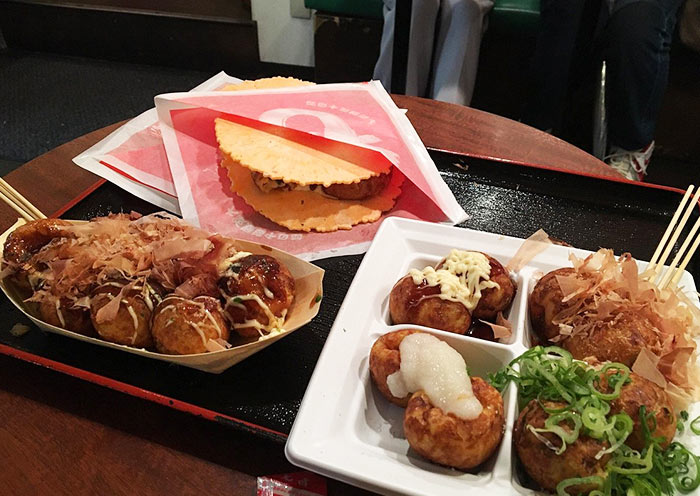
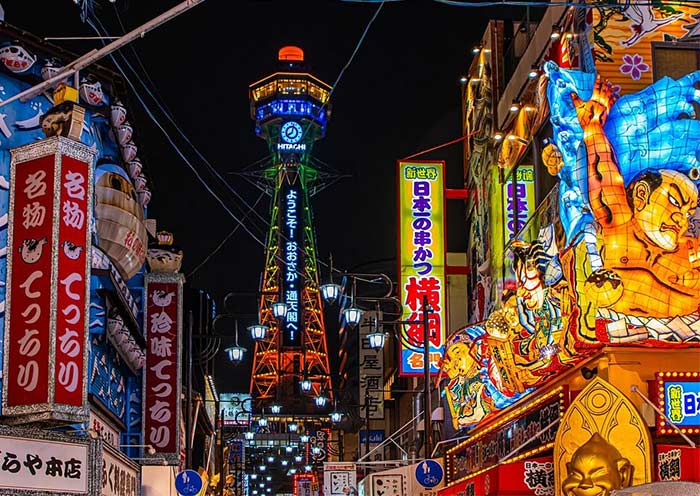
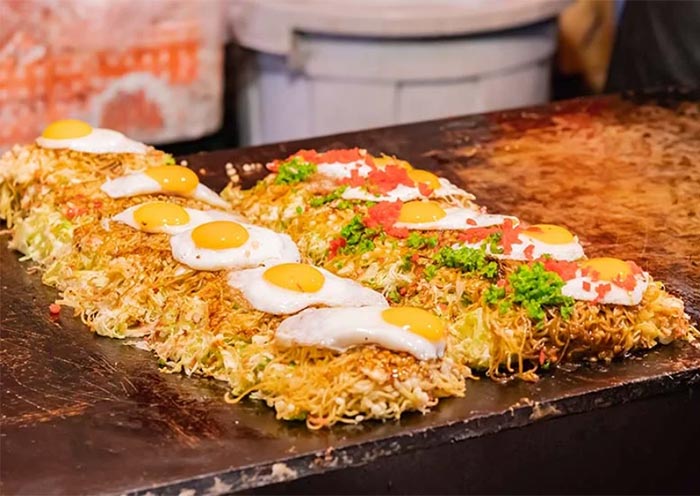
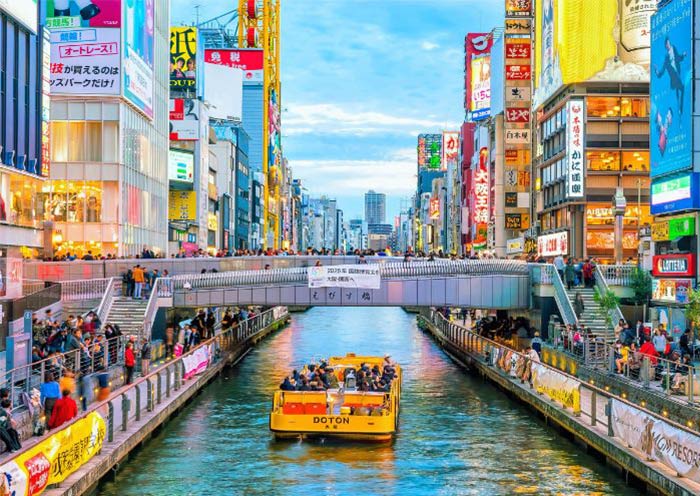
Start your day with a visit to one of the largest and most spectacular aquariums in the world - Osaka Aquarium Kaiyukan. Located in the Tempozan Harbor Village area, the aquarium is home to a wide variety of marine life from around the Pacific Ocean, housed in stunning tanks that replicate different marine environments.
The centerpiece is the massive Pacific Ocean Tank, which houses a whale shark, the world’s largest fish, alongside giant manta rays, stingrays, and other fascinating sea creatures. Explore themed zones like the Antarctic, the Great Barrier Reef, and Japan’s own waters, offering an immersive journey through the oceans. The aquarium also has interactive exhibits, where you can touch marine creatures like starfish and sea cucumbers, making it a hit for families with children. Don’t miss the dome-shaped tunnel, which allows you to walk through a tank filled with enormous sea animals like sharks and rays swimming above and around you.
Then, transfer to Legoland Discovery Center Osaka, a family favorite in Osaka (Tempozan Marketplace). This indoor attraction is a paradise for LEGO fans, offering rides like Kingdom Quest, a 4D cinema experience, and a miniature city of Osaka built from over a million bricks. Kids can build to their heart's content, while the whole family enjoys the time of creative fun and adventure. Combines well with nearby Kaiyukan aquarium or Tempozan Ferris Wheel.
Note: Adults (aged 16 and over) must be accompanied by a child (aged 15 and under) in order to enter Legoland.
Next, take a ride on the Tempozan Ferris Wheel, located right next to the aquarium. Standing at 112.5 meters tall, this ferris wheel offers sweeping views of Osaka Bay and the city skyline. On a clear day, you might even catch a glimpse of Mount Rokko or Kobe in the distance.
At last, head to the lively district of Dotonbori, where waterways are lined with luminous advertisements and signs. It's especially glitzy during the holiday season, with decorations strung across the bridges. Full of fantastic restaurants, clubs, and karaoke bars, it's the city's go-to area for entertainment. Take a photo at the iconic Glico Man sign. Try takoyaki, ball-shaped octopus bites, kushikatsu (Japanese deep-fried skewered meat and vegetables), and okonomiyaki, a savory Japanese pancake topped with whatever you like.

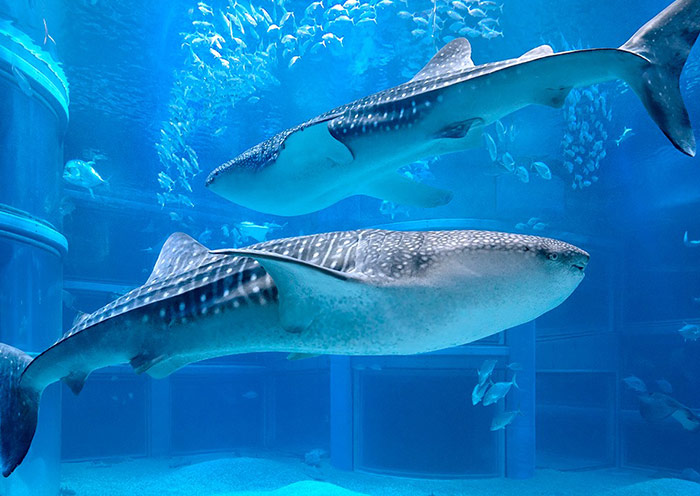
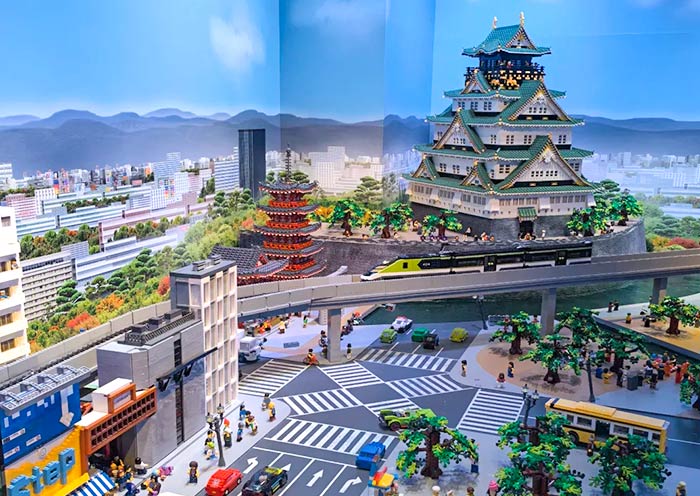
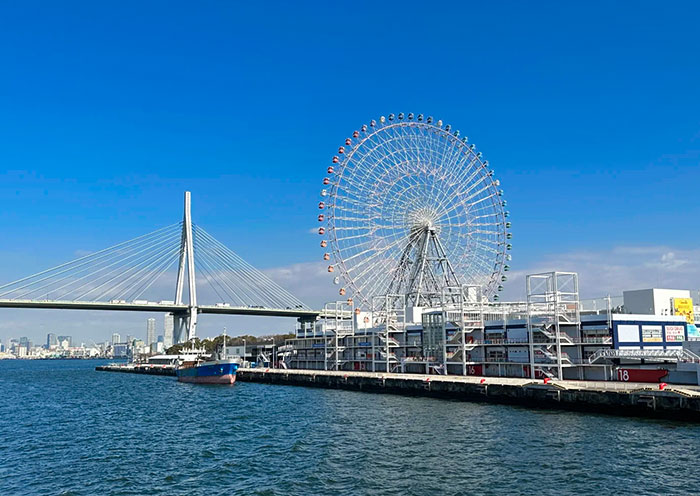
You can enjoy a free day at Universal Studios Japan (USJ) on your own, one of the premier theme parks in Asia.
Note: Today we only include transfer service. If you need assistance with ticket booking, please consult with our travel advisor.
Universal Studios Japan offers a diverse range of themed areas such as The Wizarding World of Harry Potter, Super Nintendo World, and Jurassic Park, among others. Each zone provides unique rides, interactive experiences, and entertainment that can captivate visitors of all ages. Whether you're battling alongside Harry Potter, racing with Mario, or escaping a ferocious dinosaur, USJ provides an immersive experience that combines cutting-edge technology with your favorite fictional worlds.
Get ready to create unforgettable memories at Universal Studios Japan, where excitement and magic await you at every turn!
Stay overnight in Osaka.
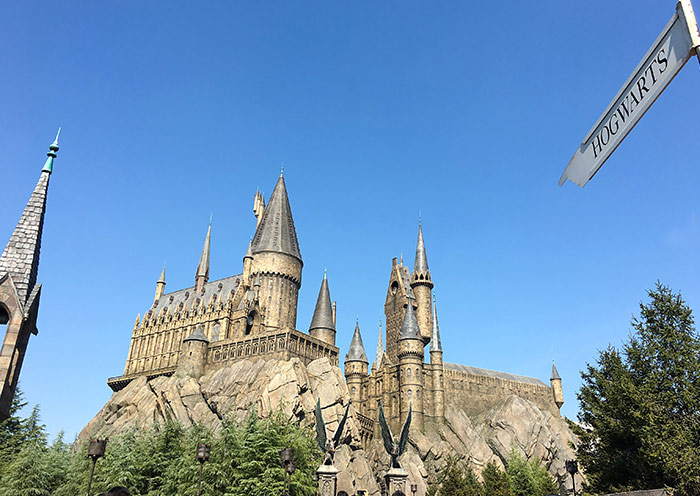
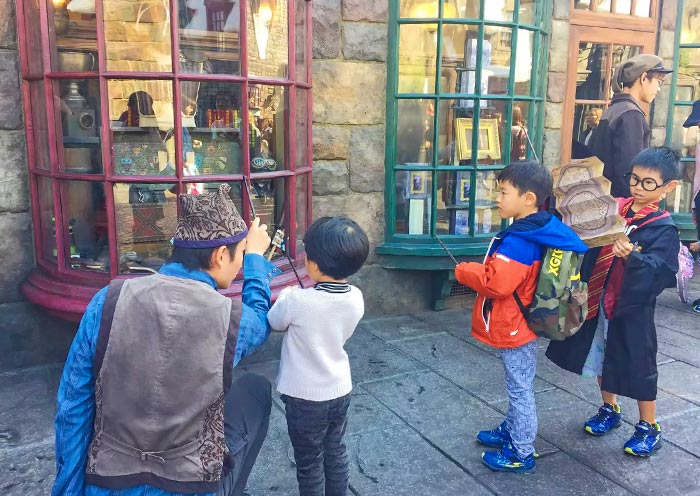
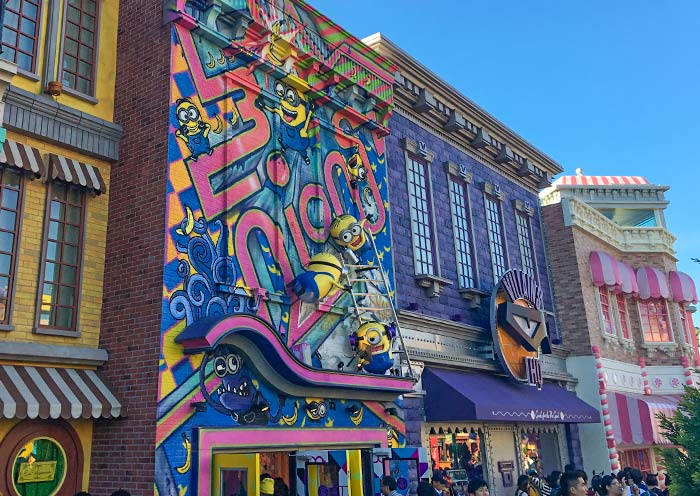
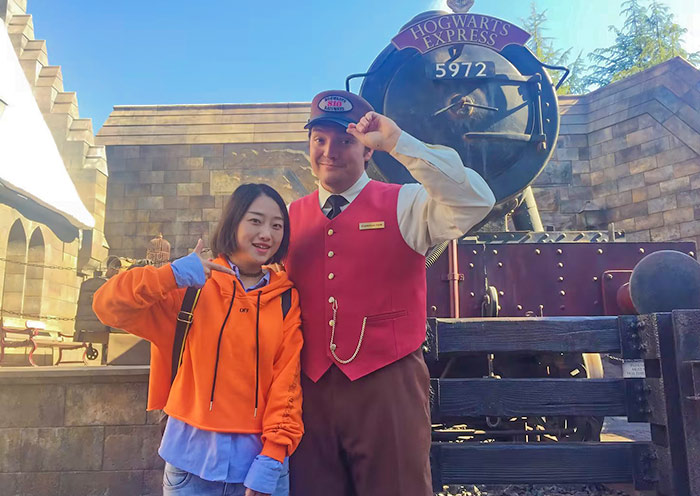
After breakfast, head to Himeji, a charming city nestled in Hyōgo Prefecture. It is renowned for its stunning Himeji Castle, a UNESCO World Heritage Site. Then, head to Arima Onsen of Kobe. Overnight at Kobe.
Upon arriving in Himeji, you'll be greeted by the majestic Himeji Castle, often affectionately referred to as the "White Heron Castle" due to its elegant appearance. This iconic structure was built in the 14th century and has served as a symbol of the region for centuries. Throughout its history, it has played a pivotal role in Japanese history, serving as a stronghold for various feudal lords. As you explore Himeji Castle, you'll be captivated by its intricate details and architectural marvels. Climb to the summit of the main tower for breathtaking panoramic views of the city and surrounding landscape. Immerse yourself in the rich history of the castle, learning about the significant events and figures that have shaped its legacy.
Following your exploration of Himeji Castle, venture into the tranquil oasis of Koko-en Garden. This beautifully landscaped Japanese garden offers a peaceful retreat from the bustling city. Stroll through its serene paths, admire the picturesque ponds and waterfalls, and relax in the serene ambiance of the teahouse.
At last, head to Arima Onsen. Arima Onsen is the oldest hot spring in the Kansai region of Japan and is one of Japan's three most famous hot springs (alongside Gero Onsen and Kusatsu Onsen). It was established by Buddhist monks as a place of recuperation as early as the 8th century.
The most famous features of Arima Onsen are its "Kinsen" (gold spring) and "Ginsen" (silver spring) waters. Kinsen contains rich iron and sodium, turning rusty in color upon contact with air, hence its name. Locals believe it has notable effects on cold intolerance, lower back pain, joint pain, and skin moisturization. Ginsen, a colorless and tasteless carbonated spring, is beneficial for individuals with high blood pressure and poor arterial circulation, and it can also improve appetite. The hot spring street still retains its traditional Japanese charm, with numerous hot spring inns, tea houses, and shops selling local specialties along the way, making a leisurely stroll particularly enjoyable.
Stay overnight in Kobe.
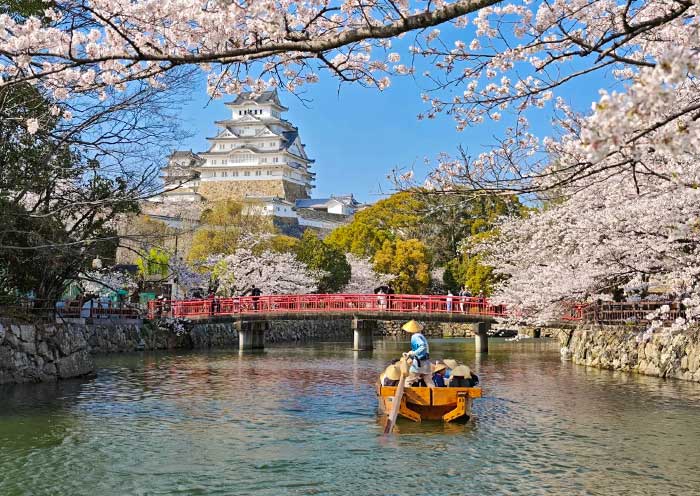
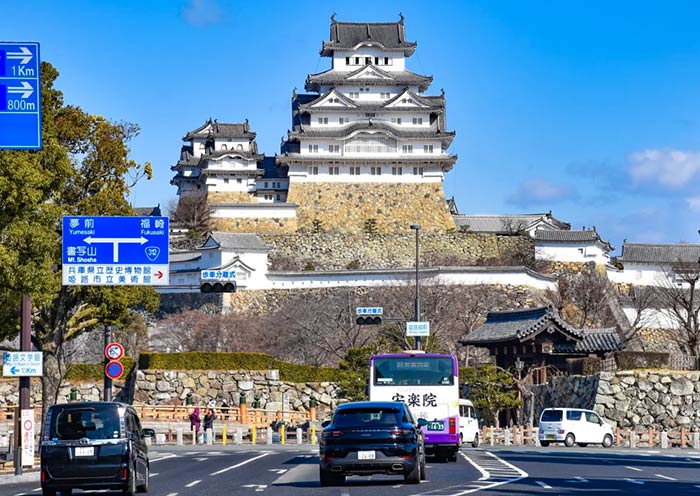
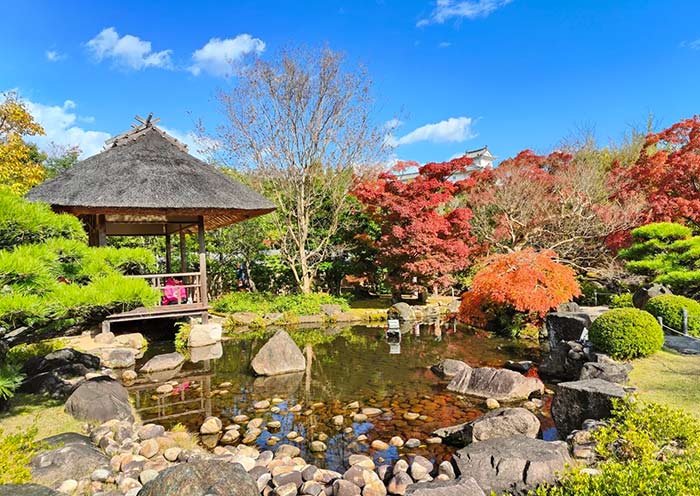
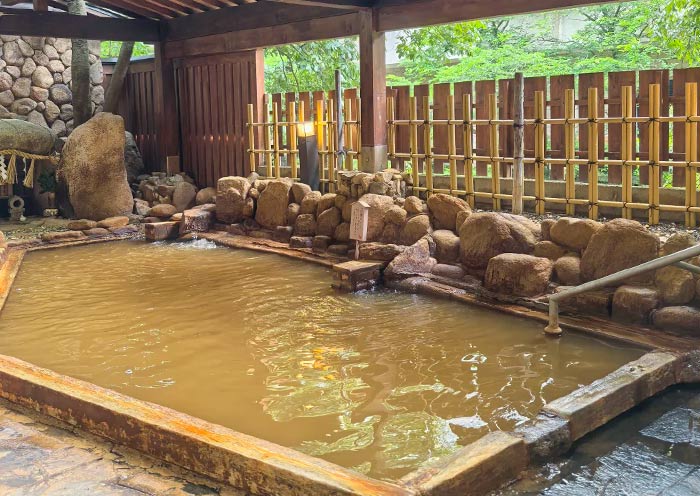
Enjoy Kobe Day Tour before head back to Osaka. Explore top attractions in Kobe, such as Rokkosan Pasture (Ranch), Nankinmachi (Chinatown Food & Kobe Beef), Kōbe Anpanman Children’s Museum & Mall (Exterior View: Kobe Port Tower).
In the morning, head to Rokkosan Pasture (Closed on Tuesdays). Nestled atop Mount Rokko, Rokkosan Ranch offers a delightful escape into nature. The panoramic views of the Kobe and the Akashi Strait make it a perfect spot for families and nature lovers. This family-friendly ranch offers immersive animal encounters. Feed calves with special bottles, pet free-roaming sheep, interact with goats/rabbits, and do horseback riding. Do not forget to try the fresh dairy treats like ice cream.
Note: Usually, you need to take a bus/car, a small train, a cable car & a sightseeing bus to reach Rokkosan Ranch. The different modes of transportation also make your Rokkosan Ranch trip a unique experience.
Then, you can have a walk at Nankinmachi, one of the largest Chinatowns in Japan. The district features traditional Chinese-style buildings, creating a distinctive atmosphere, and is home to a wide variety of Chinese restaurants serving authentic dishes from different regions of China. Enjoy your Chinese food adventure. Sure you can also enjoy Kobe Beef for lunch! Kobe Wagyu Beef is incredibly famous! It is known for its delicate texture, beautiful marbling, and rich, flavorful taste, often referred to as the "Rolls-Royce of Beef."
In the afternoon, pay a visit to Kōbe Anpanman Children’s Museum & Mall. Located in Kobe’s Harborland, this indoor playground immerses kids in the world of Japan’s iconic hero - Anpanman anime. You can explore interactive exhibits, enjoy live shows, and shop for unique Anpanman merchandise. Kids can meet their favorite characters while enjoying fun activities. Nearby, Kobe Port Tower (108m observation deck; self-pay) & Mosaic Big Ferris Wheel (self-pay) offers skyline views, while Meriken Park features waterfront walks and seasonal cruises.
After that, go back to Osaka.
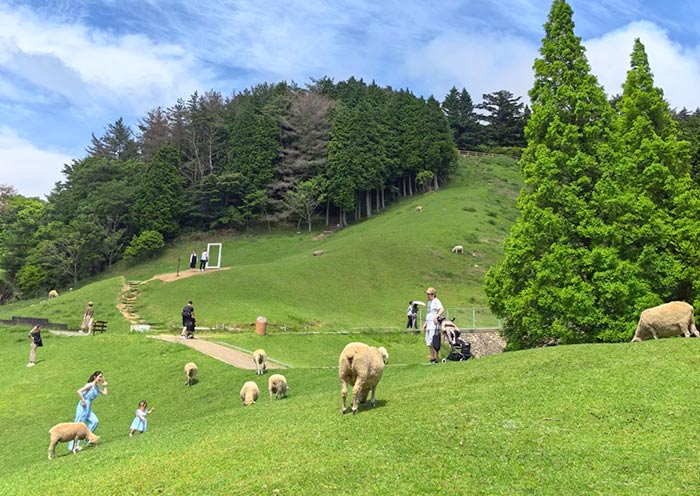
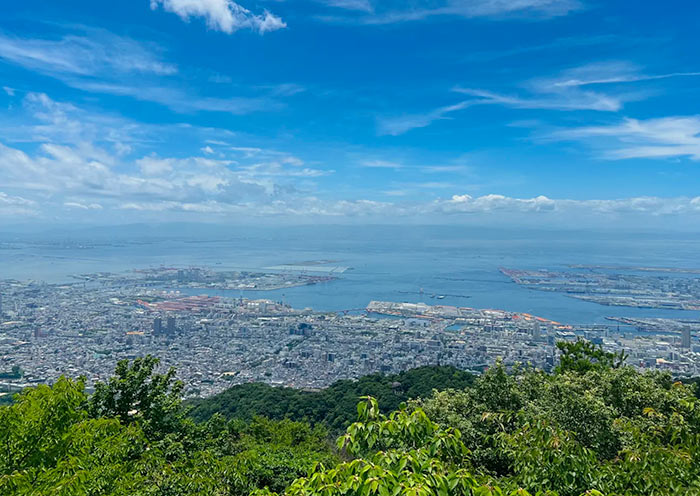
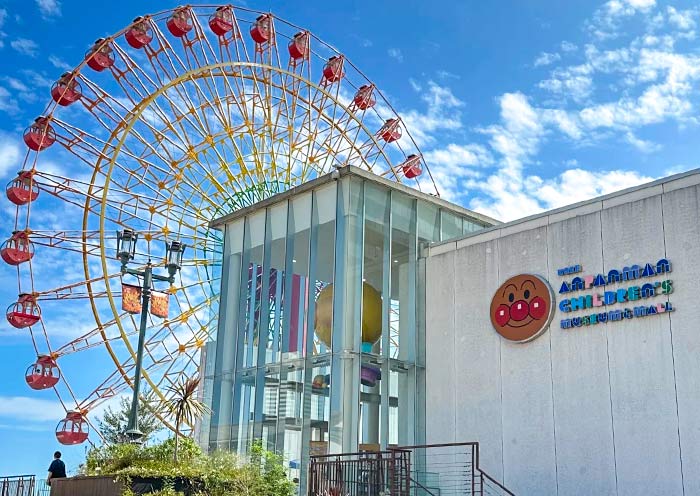

Start your day at Osaka Castle Park, one of Japan’s most famous landmarks and a symbol of Osaka’s historical grandeur. Originally built in 1583 by Toyotomi Hideyoshi, a powerful daimyo who aimed to unify Japan, it was the largest castle of its time. After multiple renovations and reconstructions, today's Osaka Castle has been transformed into an open park, covering a total area of 105.6 hectares, making it a must-visit attraction.The park is home to numerous species of trees, including ginkgo, maple, and zelkova, which all change colors during the autumn. The historic Osaka Castle, with its distinctive green-tiled roof and white walls, provides a stunning contrast against the colorful autumn leaves, offering excellent photo opportunities.
The most breathtaking feature is the Main Tower (Tenshukaku) of Osaka Castle, which stands tall against the sky at the center of the extensive castle grounds. The castle tower's interior is a museum showcasing artifacts related to Toyotomi Hideyoshi and the castle's history. The observation deck on the 8th floor offers a panoramic view of Osaka Castle Park and the Osaka Plain. Optional: Take some time to stroll through the Nishinomaru Garden, this area has a large lawn surrounded by hundreds of cherry and ginkgo trees.
Then, you will depart from Osaka to Nara (takes about 45 minutes). Nara holds a special place in Japanese history as the country's first permanent capital, predating Kyoto. Nara boasts eight World Cultural Heritage sites, making it Japan's second most culturally rich city after Kyoto. In autumn, you'll witness a stunning blend of ancient landmarks, charming deer, and vibrant fall foliage in Nara, making for an exceptionally beautiful experience.
Visit Todaiji Temple, one of Japan's most historically significant temples and a UNESCO World Heritage site. It is known for housing the world’s largest bronze statue of the Buddha Vairocana, which stands just over 16m high and consists of 437 tonnes of bronze and 130kg of gold. It represents Vairocana Buddha and is flanked by two Bodhisattvas. Todaiji's main hall, Daibutsu-den (Big Buddha Hall), is one of the world’s largest all-wood buildings, despite the fact that the present reconstruction of 1692 is only two-thirds of the original temple hall's size.
Walk to Nara Park. This park is famous for its hundreds of freely roaming deer, considered messengers of the gods in Shinto tradition. In autumn, the park transforms into a canvas of red, orange, and yellow hues, with maple and ginkgo trees creating a striking contrast against the ancient temple architectures and the deer that wander amongst the leaves.Purchase some shika senbei (deer crackers) to feed the deer as you stroll through the park.
After the tour, drive to Kyoto to visit Fushimi Inari Taisha Shrine, renowned for its thousands of vermilion torii gates, called Senbon Torii ("thousands of torii gates"). Layers upon layers of vermilion torii gates line the lush, wooded hillside, forming a seemingly endless corridor. The vibrant orange and black gates contrast beautifully with the surrounding greenery, creating a visually stunning and almost otherworldly path that is highly photogenic.
Fushimi Inari Taisha was founded in the early 8th century (711 AD) and is primarily dedicated to Inari, the Shinto god of rice, fertility, sake, agriculture, and industry. As you explore the shrine, you will encounter hundreds of fox statues. Said to be the messengers of the god Inari, who is associated with cereal grains, these fox statues often symbolize the deity. Many of these fox statues are depicted holding a key in their mouths, which is said to open the granary.
Tips: Hiking to the summit of the mountain and back will take two to three hours, but many people go only as far as the Yotsutsuji intersection because there are fewer torii gates beyond this point. It will take 30 to 40 minutes to reach Yotsutsuji.


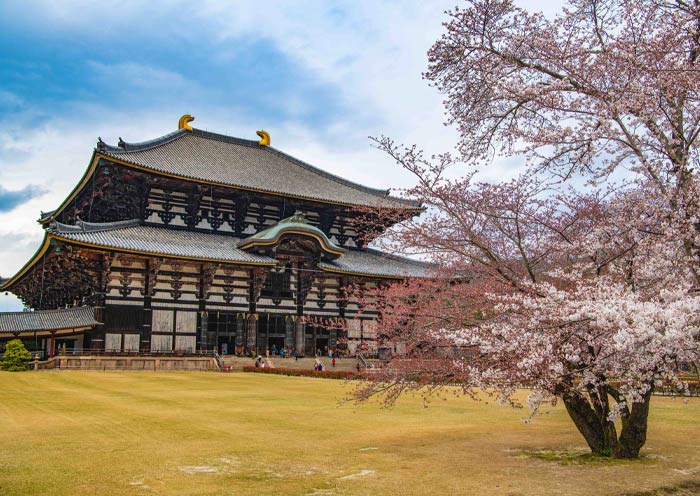
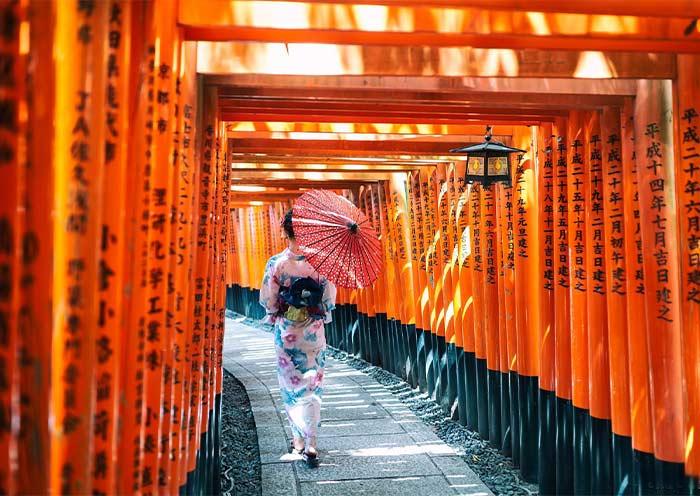
Today, you'll be visiting some of Kyoto's most iconic spots, then head to the Arashiyama and Sagano areas located in the northwest of Kyoto. This itinerary will not only allow you to deeply experience Kyoto's culture and history but also bring you closer to nature, letting you feel the changes of the seasons.
Start your day with a visit to one of Kyoto's most iconic sights, Kinkakuji Temple (Golden Pavilion) - a UNESCO World Heritage site. This Zen Buddhist temple is famous for its stunning golden exterior. The temple's stunning visual appeal comes from its top two floors, which are completely covered in gold leaf. The reflection of the golden structure shimmering in the pond in front of it, makes it perfect for photos and quiet reflection. It was originally built in 1397 as a retirement villa for Shogun Ashikaga Yoshimitsu. After Yoshimitsu's death, as per his will, the villa was converted into a Zen temple by his son.
Next, head to the Arashiyama area in the western part of Kyoto and take a ride on the Sagano Scenic Railway, ;also known as the “Romantic Train”. It is a sightseeing train line that runs between Arashiyama and Kameoka. On the way, the train runs along the Hozugawa River gorge, offering fantastic views of the forests and mountains. It is particularly scenic during the autumn foliage season, but in the spring passengers can enjoy the cherry blossoms, in the summer a cool breeze and the sound of cicadas, and in the winter dramatic snowy landscapes.
Exit at Arashiyama Station and walk to the nearby Arashiyama Bamboo Grove. The famous pathway is surrounded by towering bamboo, which creates an otherworldly atmosphere. This path leads you through one of Kyoto's most photographed landscapes.
After a short walk, explore Tenryuji Temple which is designated as a UNESCO World Heritage Site and is one of the so-called Kyoto Gozan or "five great Zen temples of Kyoto". Don't miss the garden, designed by the famous Zen master Muso Soseki, which reflects the concept of shakkei ("borrowed landscape"). Tips: The temple and its gardens are particularly beautiful during the cherry blossom season in spring and the colorful foliage season in autumn.
Conclude your visit to Arashiyama by walking to the Togetsukyo Bridge, an iconic historical wooden bridge offering picturesque views of the surrounding mountains and river, encapsulating the tranquil beauty of the area. Also in the area, you will visit the Iwatayama Monkey Park where macaques roam freely. After a short hike to the summit, you'll be rewarded with stunning panoramic views of Kyoto city and the chance to interact with the monkeys up close.
After the tour, drive back to Kyoto downtown. Stay overnight in Kyoto.
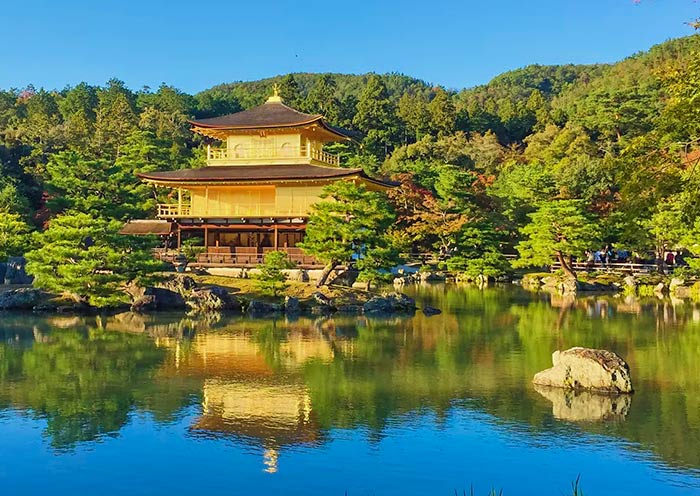
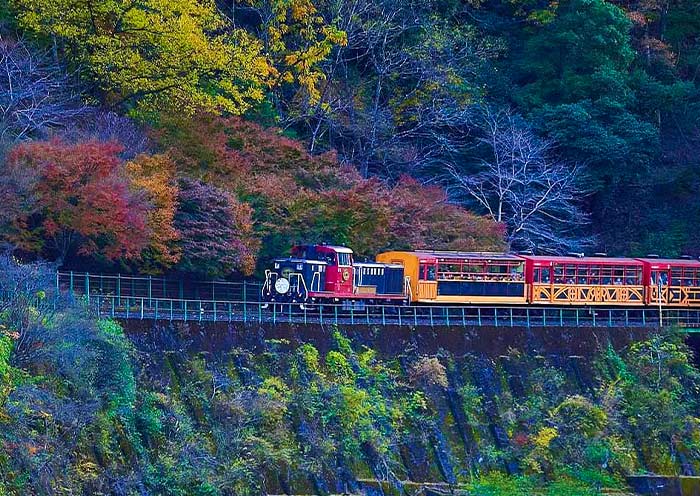

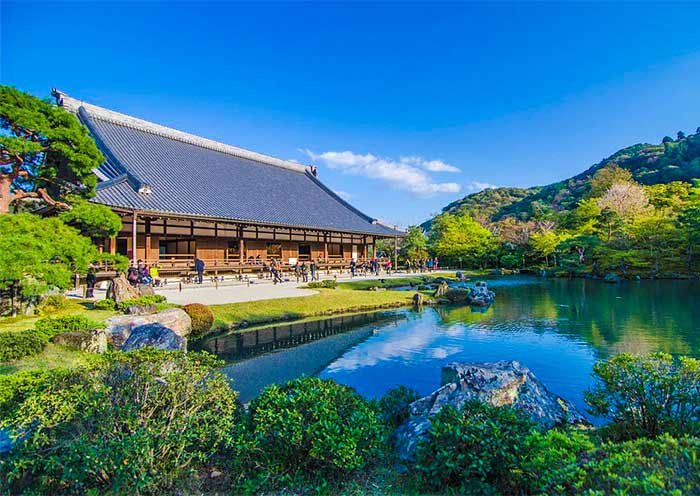
It is time to end your unforgettable 8 Days Japan Family Tour. Your driver will ensure a smooth transfer to Airport in Osaka for your departure flight.
Trip Extension: If you'd like to extend your adventures in Japan, consider exploring other notable regions like Tokyo, Hakone, etc. Feel free to contact us to customize your extended itinerary.
Thank you for choosing Asia Odyssey Travel for your tour of Asia. We are dedicated to enhancing your travel experiences and look forward to welcoming you on your next adventure in Asia. Have a safe journey home!
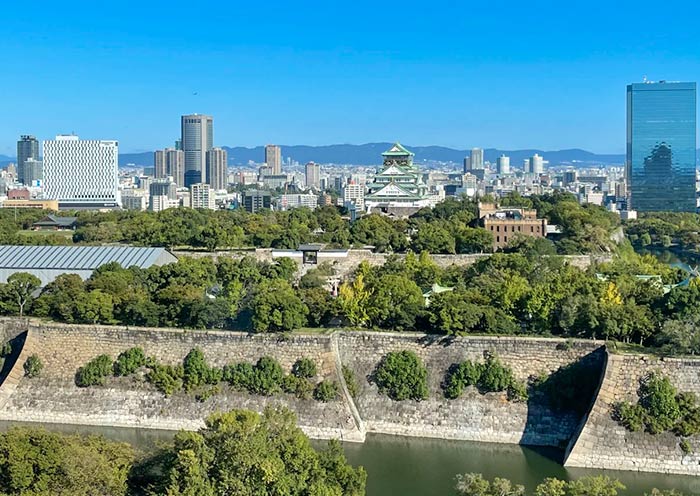
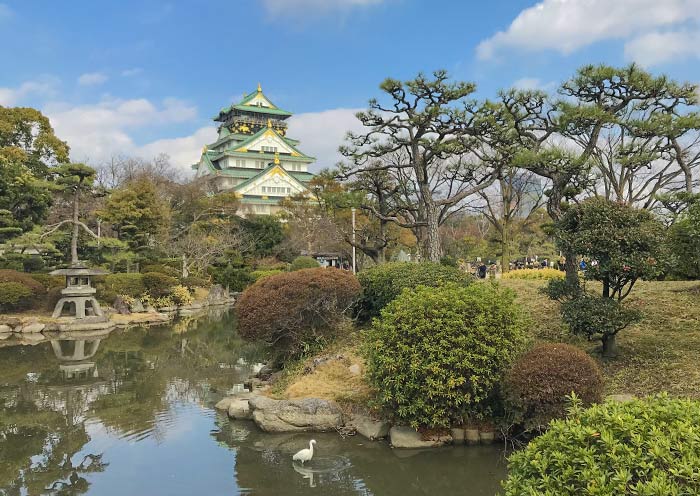

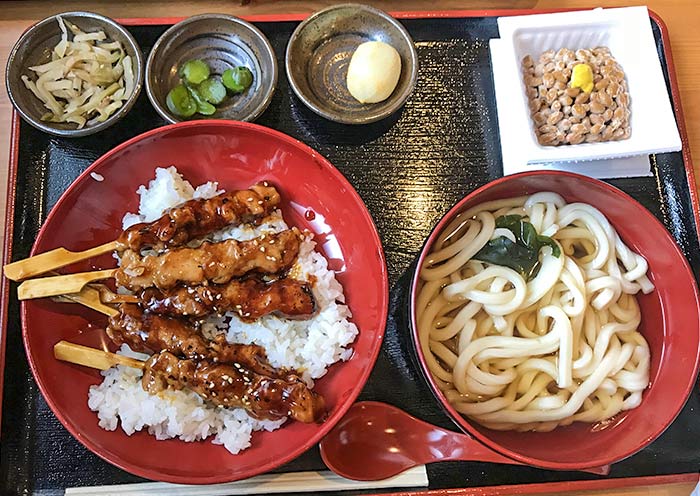
What’s Included & What’s Excluded
What's Included:
What's Excluded:
Important Travel Tips for Visiting Japan
Get the right visa. Depending on your nationality and the length of your stay, you may need to apply for a visa in advance. You can do this online or at a Japanese embassy or consulate. Many countries are part of Japan’s visa exemption program, allowing their citizens to enter Japan for short stays without a visa for tourism. Always check if your country is on this list before applying for a visa. If you have any questions, feel free to contact our travel experts for more information.
The best time to visit Japan depends on your interests:
Spring (March to May): Ideal
for witnessing the cherry blossoms and enjoying mild weather. Major cities like Tokyo, Kyoto, and Hiroshima
are particularly beautiful as cherry trees bloom spectacularly.
Summer (June to
August): Perfect for experiencing vibrant festivals such as Gion Matsuri in Kyoto,
Tanabata Matsuri across the country, and enjoying the natural beauty of Hokkaido, which is less humid than
the rest of Japan. Note that early summer (June) is the rainy season.
Autumn (September to
November): Offers stunning fall foliage, making it a great time for hiking and temple
visits. The weather is cool and pleasant, ideal for outdoor activities.
Winter (December to
February): The best time for winter sports, especially in regions like Hokkaido and the
Japanese Alps. Onsens (hot springs) are also a popular attraction during the cold months.
Bring Cash. Despite advances in digital payment, many smaller vendors, temples, and rural
areas operate predominantly with cash. It’s wise to keep some yen on hand at all
times.
Universal Travel Adapter. Japan uses 100V with two straight thin
pins.
Passport: Ensure it’s valid for at least six months beyond your date
of travel.
Visa (if required): Make sure you have the right visa for your
travel.
Travel Insurance Information: Always good to have on hand.
Bow when greeting: A slight bow is a common way to say hello, thank you, or
sorry.
Be mindful of your noise level: Japanese culture values quietness,
especially in public transportation and residential areas.
Follow the rules: Whether
it's waiting in line or adhering to signage, following local rules and etiquette is highly
valued.
Etiquette in temples and shrines: Wear modest clothing and follow specific
customs such as washing hands and mouth before entering a shrine or temple. Photography might be restricted
in sacred areas.
Looking for more travel guides for first-time visitors to Japan? Want to gather additional information to plan your trip? Our team of professional travel experts has written over 40 articles about Vietnam. Please check out ourJapan Travel Guide for inspiration and detailed insights.
Hotel Conditions for Your Japan Tour




We offer a range of accommodation options to suit various preferences and budgets: luxurious 5-star hotels, comfortable 4-star hotels, and economical 3-star hotels. Our selected hotels are conveniently located close to the city center or popular tourist spots.
For those seeking a more distinctive lodging experience, we also offer Traditional Ryokans, Machiya, Onsen (hot springs) Hotels, etc. If you have specific needs or preferences, please consult with your travel advisor.
Tips: Be aware that hotel room sizes in Japan may be smaller compared to those in other developed countries due to the scarcity of land. If your budget allows, it is recommended to opt for a higher category of hotel, which will generally offer more comfort.
Photo Gallery for This Itinerary
Latest Japan Tours Reviews from Our Customers

Jess
Malaysia
Destination(s): Beijing, Xian, Shanghai, Zhangjiajie
Date of Experience: Sep 04, 2025
Tour Customized by: Yee
You May be Interested in This Tour: 26 Days In-Depth Vietnam China Japan Tour: Ultimate Asia Contrast

Claudia Konrado
Brazil
That’s when a friend recommended Asia Odyssey Travel (AOT), and it was the best decision we made! Not only did they completely customize our entire trip, but they did so at a perfectly reasonable cost. Our travel agent, Abby, was absolutely incredible. She worked tirelessly with us to build out an itinerary, patiently answering all our questions, offering guidance, making changes, and adding new ideas with such care and professionalism. From Disney and Universal for the teens to visits to TeamLab Planets, museums and temples and shopping excursions, ending with a relaxing beach time in Okinawa, Abby worked with us and ensured there was something wonderful for everyone. Even during the trip, she was always available to help and provide support. I truly can’t express how much Abby made a difference in our experience. The entire team at AOT, from the guides to the drivers, was consistently helpful and attentive, ensuring every moment of our journey was smooth and enjoyable. We are so grateful for the wonderful memories created, all thanks to the dedication and expertise of AOT team. We highly recommend them for an exceptional travel experience.
Date of Experience: Jul 01, 2025
Tour Customized by: Abby
You May be Interested in This Tour: Customized Tour

Cheers
Britain
I’m so glad we chose to do this tour! We were looking for a way to escape the summer heat, and Hokkaido was a dream come true. The air was so fresh and the scenery was just incredible—I swear my photos don’t even do it justice.
The highlight for me was definitely the lavender fields in Furano. They were even more beautiful in person than in all the pictures you see online. Our private guide knew the best spots to get a great view without fighting the crowds. Plus, we got to see all the other rainbow flower fields in Biei which were just as amazing.
The trip was super relaxing because we didn't have to worry about a thing. Our driver was so professional, and it was a huge relief to have a private car just for our family. It made getting between all the different towns so easy. We loved exploring the charming canal in Otaru and getting to eat all the fresh seafood in Sapporo. The food in Hokkaido is seriously on another level!
Date of Experience: Jun 10, 2025
Tour Customized by: Cheers
You May be Interested in This Tour: 8 Days Hokkaido Summer Tour: Colorful Family Vacation on Hokkaido Island
Price: From USD Request pp
(Based on a private tour for 6 persons staying in 4-star hotels. Prices may vary depending on the itinerary, travel dates, and group size. )
(Book at least 6 months in advance)
